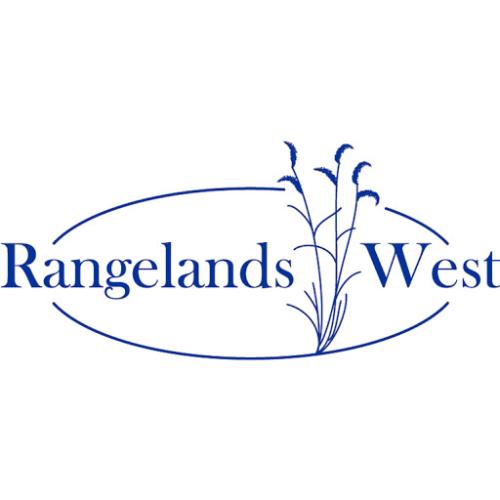Managing public lands today, particularly with respect to grazing allotments, requires the systematic collection of natural resource data, as well as knowledge of federal environmental regulations such as those defined in the National Environmental Policy Act (NEPA), the Endangered Species Act (ESA), and the Clean Water Act. These requirements have significantly impacted the workload of resource managers in the U.S. Forest Service (USFS) and other government agencies as well as grazing permittees who must provide in-depth documentation of land resources and their use. Contributing to this situation is the fact that most grazing allotments have changed boundaries, management practices, and permittees many times. Information on these consolidations and management factors have been collected over the years but are often poorly organized and lack an effective information system to facilitate access. This has led to lost records, duplication of effort, and wasted time and financial resources. To alleviate this situation, an interdisciplinary team from the University of Arizona and the USFS conducted this two-year demonstration project to: provide electronic access to a representative set of public lands information via World Wide Web create a model database, user interface, and database template for bringing this information to the public as well as to USFS and other government land managers in an application package that will promote learning, analysis, interpretation, and planning facilitate public knowledge and understanding of public land management issues in terms of environmental regulations The foundation of the project was a representative set of data collected over the years on the Walker Basin allotment located on the Coconino National Forest near Arizona’s Verde Valley. Organizing this information into a searchable database available via Web will provide a case study for educational and planning purposes of the process used to develop allotment management plans. It also provides a model and template for others to build their own data sets and, thus, maximize past financial inputs, offer new planning opportunities, and facilitate compliance with federal laws and regulations. The variety of delivery mechanisms serves a broad constituency ranging from public and private land managers, Extension specialists, environmental and other interested groups, to students and faculty in colleges and universities.

Articles, citations, reports, websites, and multimedia resources focused on rangeland ecology, management, restoration, and other issues on American rangelands.